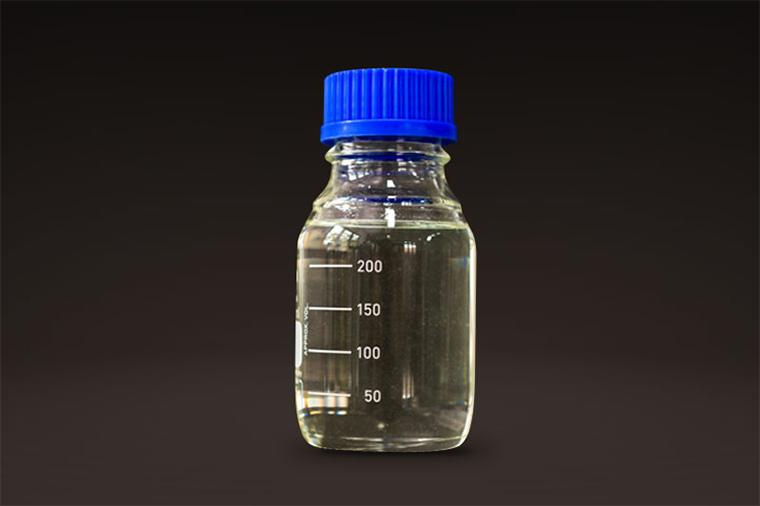Blog
Conc Sulfuric Acid SDS: Essential Safety Information
When handling chemicals, understanding their safety data sheets (SDS) is crucial. Conc sulfuric acid SDS provides vital information regarding the properties, hazards, handling, and storage of concentrated sulfuric acid. This powerful chemical is widely used in various industrial applications, but without proper knowledge, it can pose significant risks. This article will delve into the key aspects of the conc sulfuric acid SDS, ensuring that you are well-informed and prepared to work safely with this hazardous substance.
What is Conc Sulfuric Acid?
Concentrated sulfuric acid is a highly corrosive mineral acid with the formula H₂SO₄. It is a dense, colorless liquid that is hygroscopic, meaning it can absorb moisture from the air. Its concentrated form is typically over 98% sulfuric acid and is used in various industrial processes, including the production of fertilizers, chemicals, and petrochemicals.
Understanding the Importance of an SDS
The conc sulfuric acid SDS is a comprehensive document that outlines important safety information. It includes details about the chemical’s properties, hazards, safe handling, and emergency measures. Understanding this information is crucial for ensuring workplace safety and compliance with regulatory requirements.
Key Sections of the Conc Sulfuric Acid SDS
- Identification
This section provides essential details about the chemical, including its name, synonyms, and manufacturer information. It helps users recognize the chemical and understand its intended uses. - Hazard Identification
The hazard identification section details the potential risks associated with concentrated sulfuric acid. It includes information about physical hazards (e.g., corrosivity), health hazards (e.g., respiratory issues), and environmental hazards. Understanding these risks is vital for safe handling and usage. - Composition/Information on Ingredients
This section lists the chemical’s composition and any hazardous ingredients. It provides users with information on the specific concentrations of sulfuric acid and any impurities that may affect safety. - First-Aid Measures
In case of exposure or accidents, the first-aid measures section outlines the steps to take. This includes recommendations for inhalation, skin contact, and eye exposure. It is crucial to know these procedures to respond quickly and effectively. - Firefighting Measures
The firefighting measures section includes information on suitable extinguishing media, hazards during combustion, and protective equipment for firefighters. Knowing how to respond to a fire involving concentrated sulfuric acid is critical for safety. - Accidental Release Measures
This section outlines the procedures for managing spills or leaks of concentrated sulfuric acid. It includes instructions for containment, cleanup, and disposal, ensuring that users can respond effectively to accidents. - Handling and Storage
Proper handling and storage of concentrated sulfuric acid are essential for safety. This section provides guidelines on the appropriate storage conditions, including temperature, ventilation, and compatible materials.

Safe Handling Practices for Conc Sulfuric Acid
Working with conc sulfuric acid SDS requires strict adherence to safety protocols. Here are some best practices for handling this hazardous substance:
Personal Protective Equipment (PPE)
When working with concentrated sulfuric acid, it is essential to wear appropriate PPE, including:
- Gloves: Use chemical-resistant gloves to protect your hands.
- Goggles: Eye protection is crucial to prevent splashes from causing severe injuries.
- Face shield: A face shield can provide additional protection against splashes.
- Respirator: In poorly ventilated areas, a respirator may be necessary to avoid inhalation of harmful vapors.
Proper Work Environment
Ensure that the work area is well-ventilated and equipped with appropriate safety equipment, such as eyewash stations and safety showers. It is also essential to have spill containment kits readily available for quick response to accidents.
Training and Awareness
All personnel working with concentrated sulfuric acid should receive training on its hazards, safe handling practices, and emergency procedures. Regular refresher courses can help maintain safety awareness and compliance.
Emergency Response to Accidental Exposure
Despite best practices, accidents can happen. Understanding the emergency response measures outlined in the conc sulfuric acid SDS can save lives.
In Case of Skin Contact
Immediately remove contaminated clothing and rinse the affected area with plenty of water for at least 15 minutes. Seek medical attention if irritation persists.
In Case of Eye Contact
Rinse eyes with water or an eyewash solution for at least 15 minutes. Remove contact lenses if present and seek immediate medical attention.
In Case of Inhalation
Move the affected person to fresh air immediately. If they experience difficulty breathing, provide oxygen if available and seek medical assistance.
Conclusion
Understanding the conc sulfuric acid SDS is vital for anyone working with this hazardous chemical. By familiarizing yourself with its properties, hazards, and safe handling practices, you can significantly reduce the risks associated with concentrated sulfuric acid. Remember, safety comes first, so always refer to the SDS before handling any chemical.
